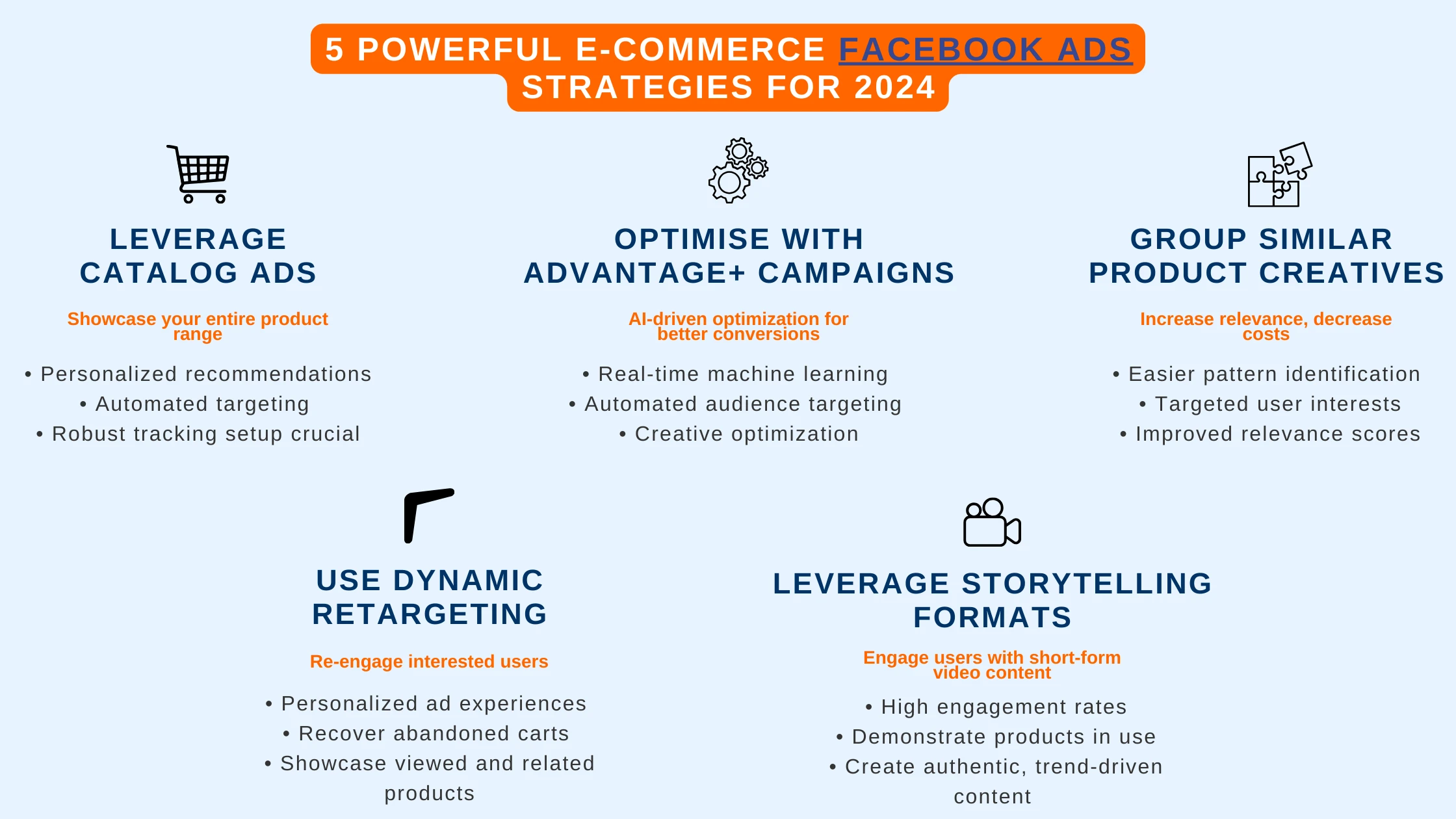If you’re an e-commerce beginner looking to grow your business, Facebook Ads can be a game-changer. With millions of active users, Facebook offers unmatched targeting options that can help you reach your ideal customers. Here’s a guide to the best Facebook Ads strategies to get you started:
1. Define Your Goals
Before launching Facebook Ads, it’s important to set clear, measurable objectives. Are you aiming to drive traffic to your website, increase conversions, or raise brand awareness? Defining your goal helps you choose the right ad type and measure your success.
2. Understand Your Audience
Facebook allows you to target users based on demographics, interests, behaviors, and even past interactions with your website. As a beginner, take time to understand who your ideal customer is. Create customer profiles and experiment with different targeting options to see what works best.
3. Use the Right Ad Format
Facebook offers several ad formats, including carousel ads, video ads, and single image ads. Choose the one that best showcases your products. For beginners, carousel ads are great as they allow you to display multiple products in one ad, increasing your chances of conversion.
4. Set a Budget and Stick to It
Facebook Ads are flexible, but it’s essential to start with a budget you’re comfortable with. For beginners, setting a daily or lifetime budget can help you manage your expenses while testing different ad sets. Monitor the results and adjust as needed.
5. Create Compelling Visuals
The visual aspect of your ads is crucial. Ensure that your images and videos are high-quality and showcase your products in the best light. A good ad will grab attention and encourage people to engage with your brand. Test different creatives to see which resonates most with your audience.
6. Write Persuasive Copy
Strong, concise copy that highlights the value of your products is key to driving engagement. Make sure your call-to-action (CTA) is clear and directs users to take the desired next step, whether that’s buying a product, signing up for a newsletter, or visiting your website.
7. Leverage Retargeting
Retargeting allows you to reach people who have interacted with your website or Facebook page. Since these users are already familiar with your brand, they’re more likely to convert. Set up a retargeting campaign to bring back potential customers who didn’t complete their purchase.
8. Monitor and Optimize
Once your ad campaign is live, regularly monitor its performance through Facebook Ads Manager. Track metrics like CTR (click-through rate), CPC (cost per click), and ROAS (return on ad spend). Based on the data, make adjustments to improve your campaigns—whether it’s adjusting the targeting, changing the ad creatives, or refining your budget.
